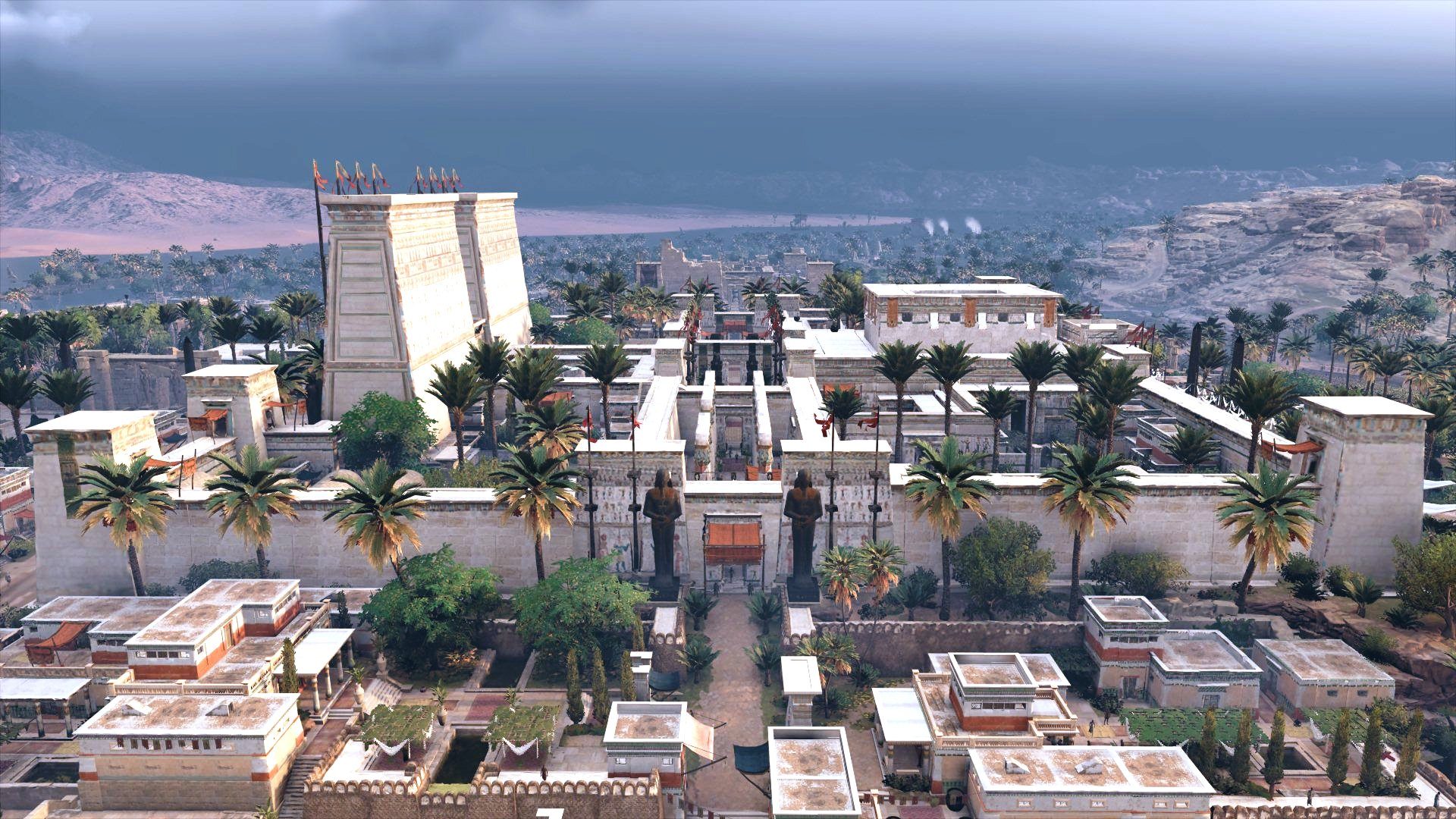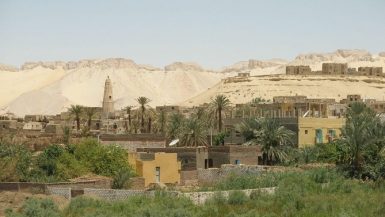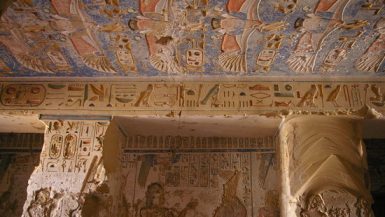The Temple of Ptah is one of the most remarkable landmarks in ancient Egypt, dedicated to the god Ptah, the deity of craftsmen and creation. Located in the heart of Memphis, the temple served as a central religious and cultural hub, attracting pilgrims and rulers alike. Understanding the significance of the Temple not only unveils ancient Egyptian religious practices but also offers insight into the broader architectural and artistic achievements of the civilization.
History of the Temple of Ptah
Origins and Construction
The construction of the Temple of Ptah dates back to the early dynasties, with several reconstructions and expansions under different pharaohs, including Ramses II. Its location in Memphis, the former capital, further emphasizes its religious importance.
Significance of Ptah in Egyptian Mythology
Ptah was considered the god of creation and artisans. often associated with craftsmanship, and played a significant role in ancient Egyptian cosmology. The temple’s architectural grandeur reflects the high regard in which Ptah was held.
Design Elements
The Temple of Ptah is known for its imposing gateways. large courtyards, and sanctuaries. While much of the structure is now in ruins, excavations have revealed various statues, including colossal representations of Ramses II.
Artistic Contributions
Inside the temple, the walls were adorned with intricate carvings and hieroglyphics, detailing religious ceremonies, offerings, and praises to Ptah. These artistic details provide valuable insights into ancient Egyptian craftsmanship.
Cultural and Religious Practices at the Temple of Ptah
Religious Ceremonies
The temple was a center for ritual worship, where priests performed daily offerings and ceremonies. The temple’s priests played a significant role in maintaining the religious order of the time.
Pilgrimages and the Role of the Temple in Society
Pilgrims traveled from across Egypt to worship at the Temple of Ptah, seeking blessings for craftsmanship, creation, and fertility. The temple was a focal point for both religious practices and social gatherings.
The Legacy of the Temple of Ptah
Archaeological Discoveries
Numerous archaeological excavations have uncovered statues, reliefs, and remnants of the temple’s architecture, revealing the grandeur and significance of this ancient monument.
Modern Importance
Today, the ruins of the Temple of Ptah serve as a crucial historical site, providing archaeologists and historians with a wealth of information about ancient Egyptian religion, architecture, and society.
The Temple stands as a testament to the religious devotion and artistic mastery of ancient Egypt. Although much of its structure has been lost to time. its influence remains through the relics and monuments that continue to inspire awe and admiration for one of history’s greatest civilizations.






Leave a reply